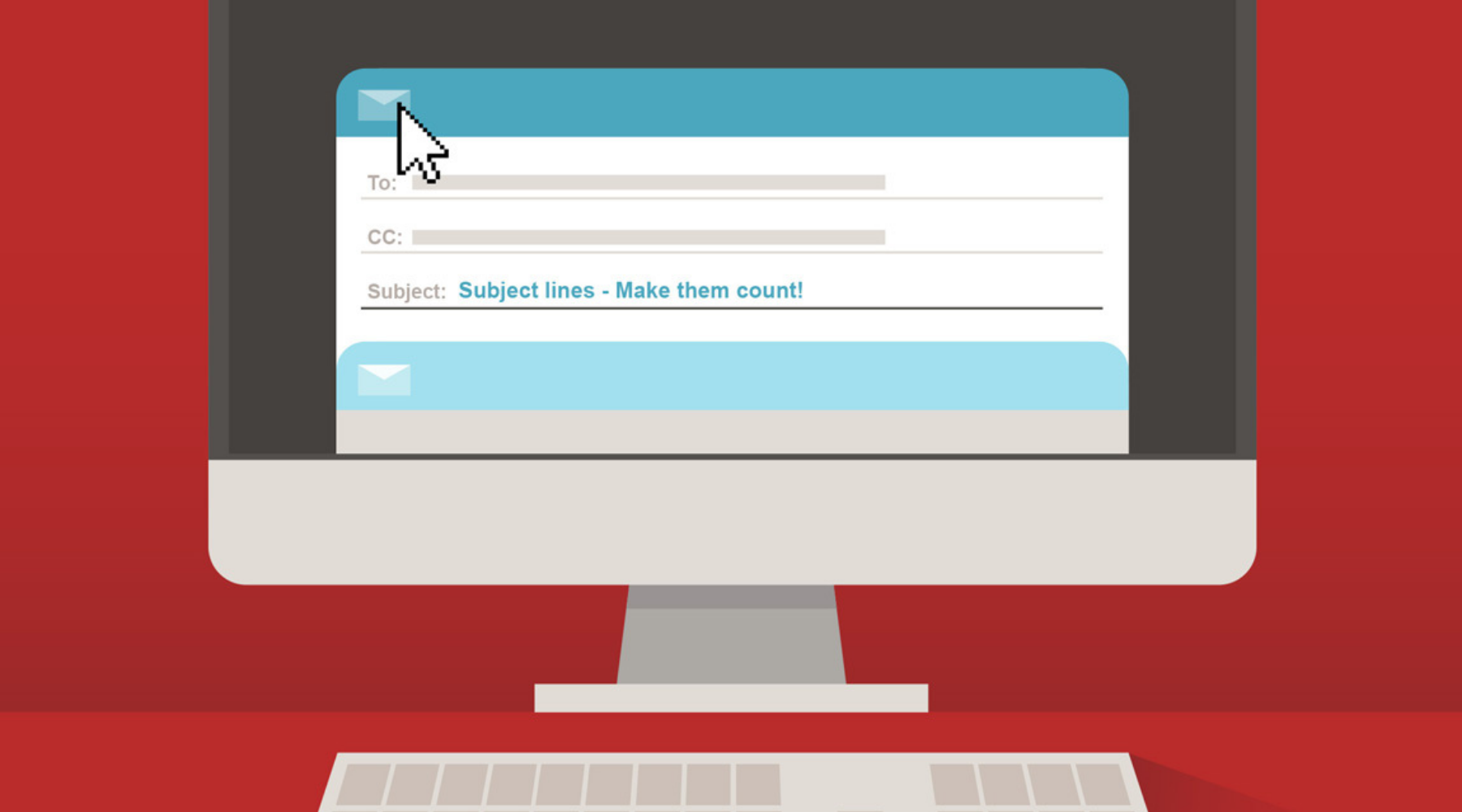Personalize Your Subject Lines with Dates As Well As Names
The most effective part of an email newsletter is not the appeal of the offer or the size of the discount. It is the relationship that the marketer establishes with the reader. When the reader trusts the marketer, thinks they are going to offer something interesting, and hopes to benefit from the content of the message, there is a greater chance of opening the email. They are even very likely to use the links that lead to the landing page. It's no surprise then that a popular option for email marketers is to create a good atmosphere by personalizing the subject line with the reader's name. However, it is surprising to find that this approach does not always work. According to recent studies, including the reader's first name in the subject line can increase open rates by an average of 28.8 percent, and up to 40.9 percent. But using the full name, or just the last name, rates can drop below non-personalized emails, by around 20 percent.
Why this can happen is unclear, but automated full name entries may not look natural.Friends generally don't include the last name in the subject line when sending a message. Rather than creating the impression that the email is coming from a trusted source, this type of personalization can alert readers to the reality that the message has been generated by software. But this doesn't mean that name customization is always a bad idea - or that using the first name is a good idea. While including the first name can increase open rates, customizing the date has proven to increase them even further, taking open rates up to 51.4 percent.
On the other hand, adding a date to the subject line of an email is much easier than adding a name from a technical point of view. Not all subscribers provide their names and not all provide their real names. But when it comes to adding a date, adding "03/29/2020" to the beginning of a subject line is very easy.
Use a Calendar Date
Some email marketing professionals have already managed to generate effective and natural approaches. The "Association of Professional Speakers", for example, recently sent its subscribers an email with the following subject:
"Tue May 15 - Special Show - Your chance to experience ……"
The content of the subject line communicates the information contained in the email to subscribers, but the date at the beginning gives a sense of urgency to read immediately, before the content becomes out of date. Even something as simple as telling your subscribers which edition of the newsletter they will receive can have the same effect.
The hosting company Siteground simply titles its newsletters:
"SiteGround April 2020 Newsletter"
While LinkedIn adds a specific date to generate a greater sense of urgency, since the content of the site is constantly changing:
"LinkedIn Network Updates, 02/02/2020"
You can certainly use the first name in an email, but you should also try including the date. The first helps cement the relationship with the reader, while the second will suggest making the most of the relationship immediately.

